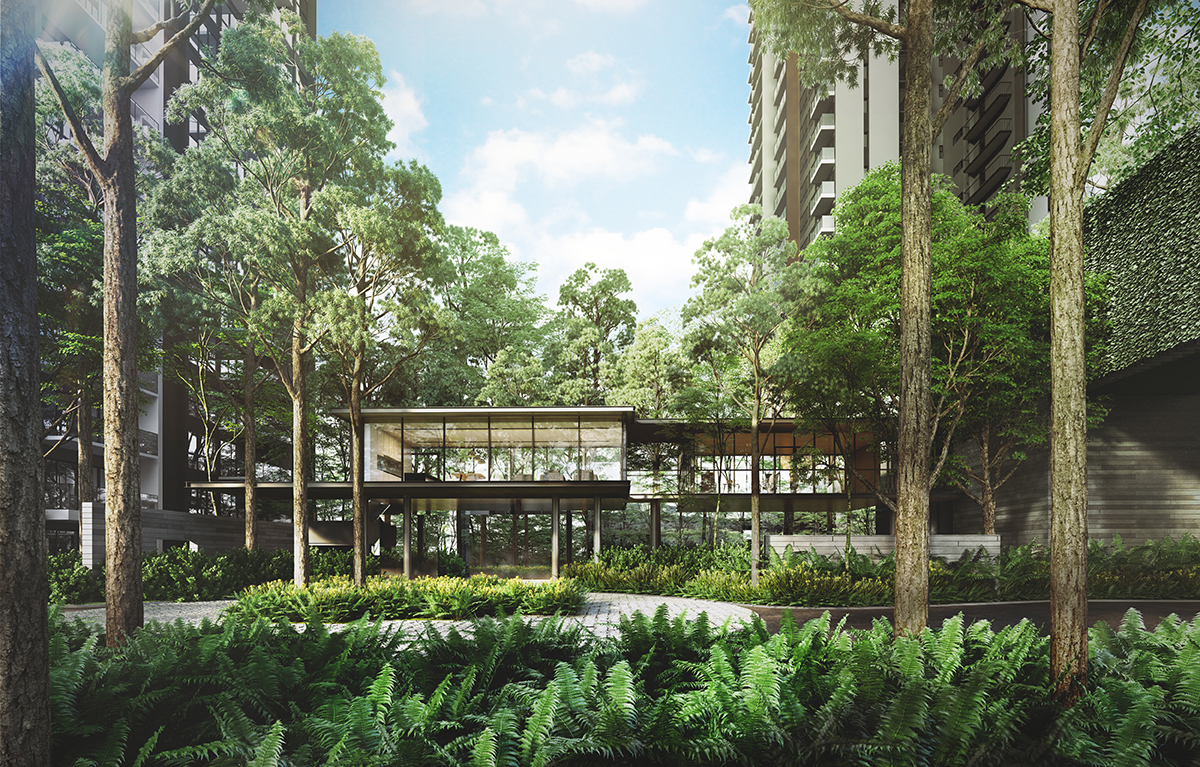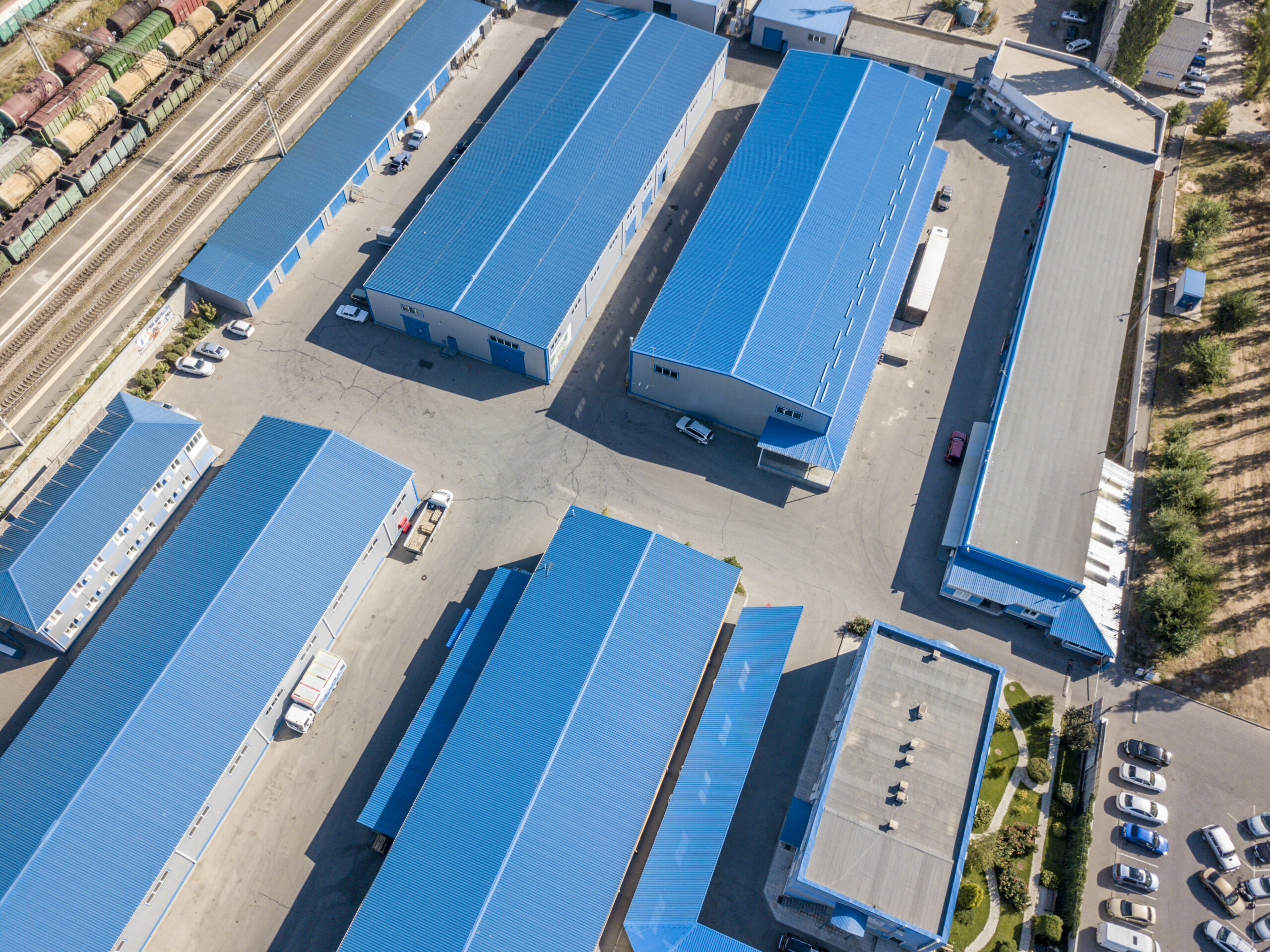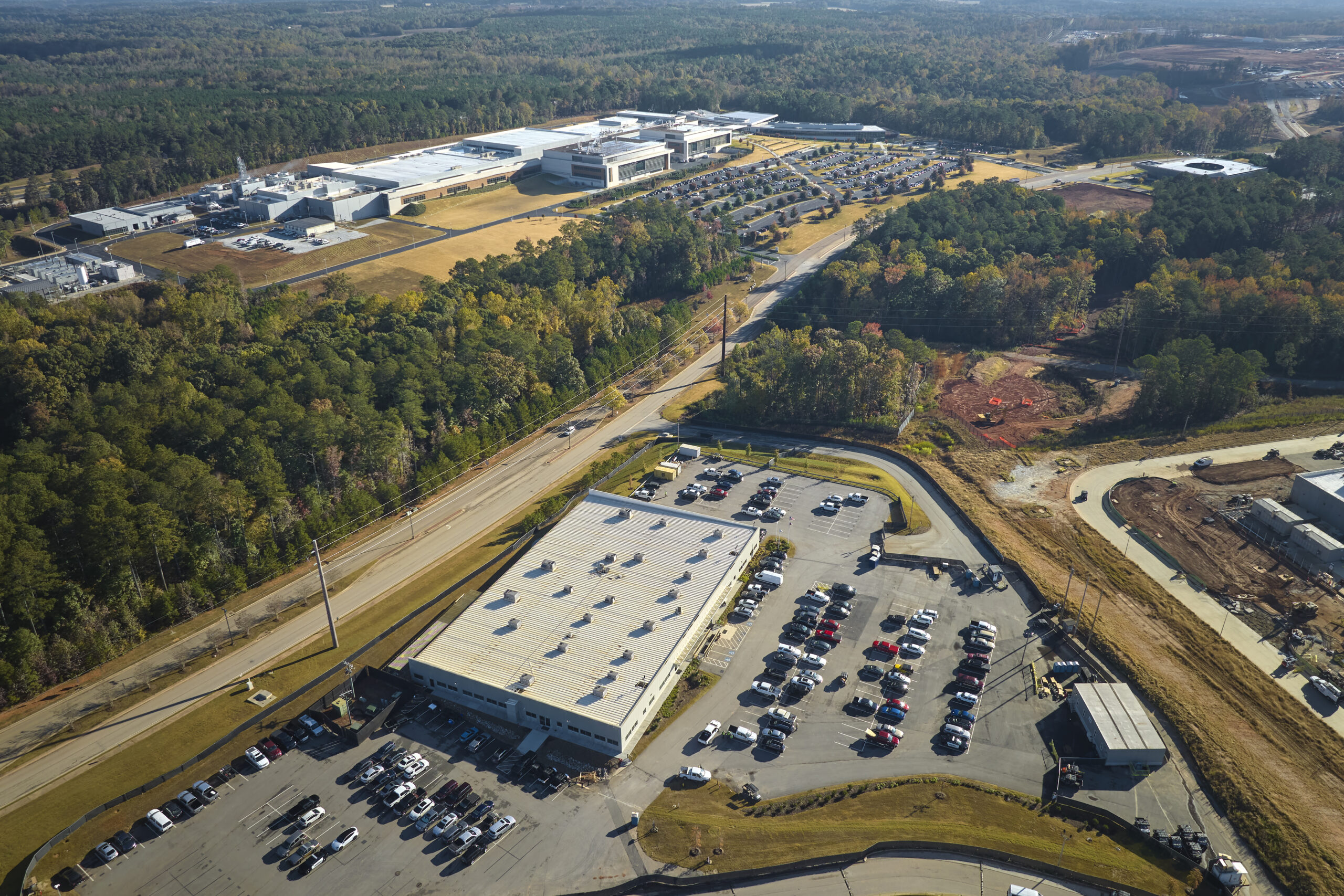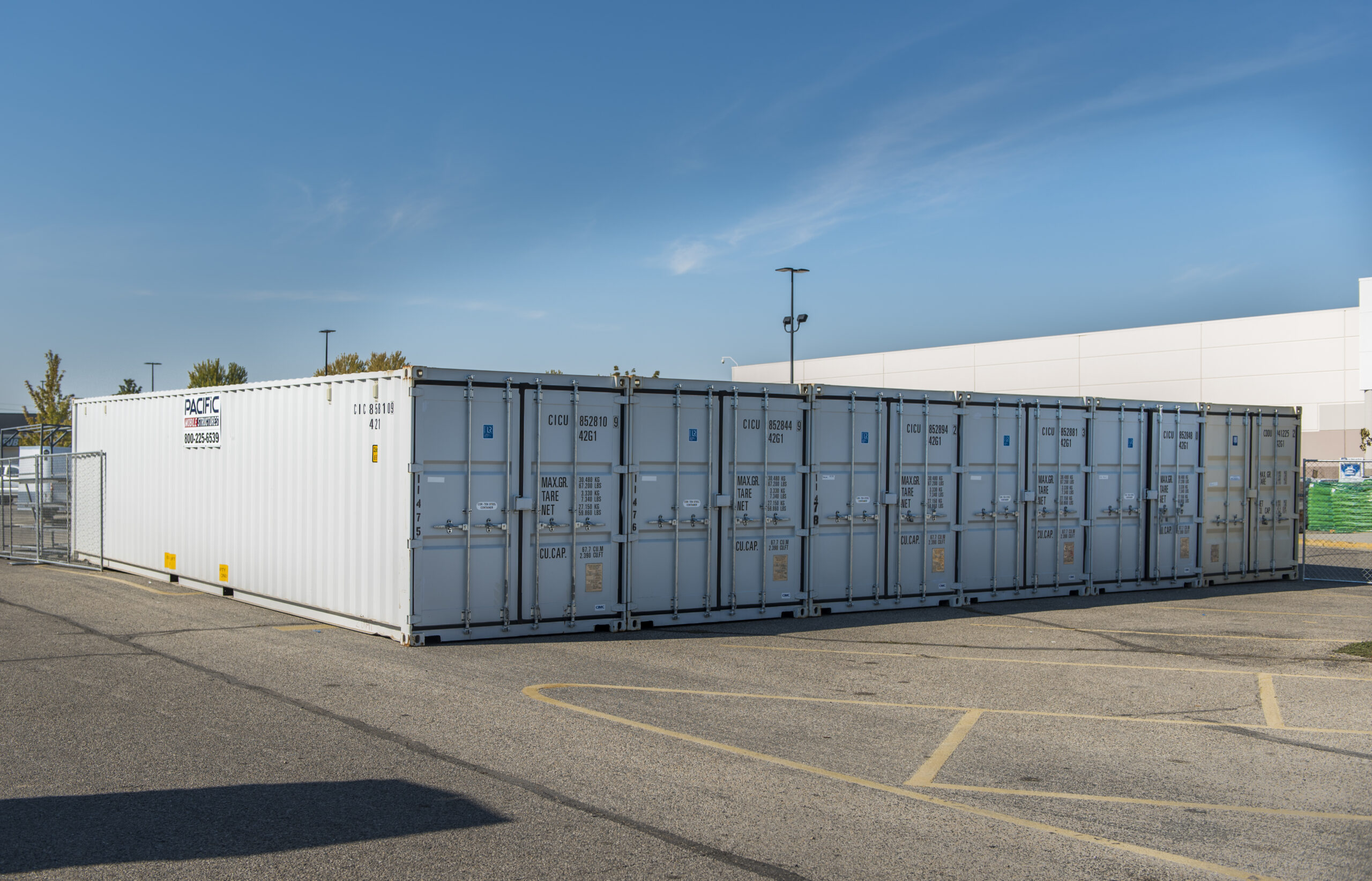
Modular Construction and Urban Development: Redefining City Skylines
In the realm of urban development, modular construction is emerging as a game-changer, fundamentally transforming city skylines. This innovative building technique is not only speeding up construction processes but also promoting sustainability and architectural creativity. As a result, modular construction is redefining urban landscapes and shaping the future of city development.
What is Modular Construction?
Modular construction is a process where building components, or modules, are manufactured in a factory-controlled environment and then assembled on-site. These modules can range from single rooms to entire sections of buildings. The factory setting ensures precise construction, quality control, and the use of sustainable materials, leading to numerous benefits over traditional building methods.
The Impact of Modular Construction on Urban Development
Speed and Efficiency
One of the most significant advantages of modular construction is its speed. Traditional construction often suffers from delays due to weather conditions, labor shortages, and logistical issues. Modular construction, however, allows for simultaneous site preparation and module fabrication. This parallel process can reduce construction time by up to 50%, making it an ideal solution for urban areas where the demand for residential and commercial spaces is urgent.
Sustainability and Environmental Benefits
Modular construction is at the forefront of sustainable building practices. The controlled factory environment minimizes material waste and maximizes recycling opportunities. Moreover, the reduced on-site construction activity lowers noise pollution and traffic disruption. Many modular construction projects also incorporate energy-efficient designs and sustainable materials, significantly reducing the overall carbon footprint.
Design Innovation and Flexibility
Modern modular construction dispels the myth of uninspired, boxy designs. Today’s modular buildings offer remarkable design flexibility, allowing architects to create visually appealing and structurally sound buildings. Whether it’s sleek, high-rise apartments or innovative mixed-use complexes, modular construction supports a wide range of architectural styles that seamlessly integrate with urban aesthetics.
Case Studies: Transforming City Skylines
The Stack, New York City
The Stack in New York City is a pioneering example of modular construction’s potential. This seven-story residential building was completed in just 19 days, demonstrating the speed and efficiency of modular techniques. Each of its 56 modules was pre-fabricated off-site and assembled with precision, providing a modern and high-quality living space in a fraction of the time required by traditional methods.
Clement Canopy, Singapore
Singapore’s Clement Canopy project is one of the tallest modular buildings globally, standing at 40 stories. This twin-tower residential development utilized prefabricated prefinished volumetric construction (PPVC), significantly reducing construction time and minimizing disruption in the densely populated urban area. The Clement Canopy exemplifies how modular construction can be effectively applied to high-density urban environments.
The Future of Urban Development with Modular Construction
As urban populations continue to grow, the need for efficient, sustainable, and aesthetically pleasing buildings will become more critical. Modular construction is uniquely positioned to meet this demand, offering solutions that address the limitations of traditional construction. Governments and developers are increasingly recognizing the benefits of modular construction, leading to a surge in modular projects across major cities worldwide.
Innovations on the Horizon
The future of modular construction looks promising, with ongoing advancements in technology. Innovations such as 3D printing, smart building materials, and advanced robotics are expected to further enhance modular construction capabilities. These technologies will enable the creation of more complex and customized structures, pushing the boundaries of what can be achieved in urban architecture.
Join the Revolution
Modular construction is revolutionizing urban development, offering unparalleled benefits in terms of speed, sustainability, and design innovation. As cities continue to embrace this cutting-edge approach, we can anticipate a transformation in urban skylines, characterized by efficient, eco-friendly, and visually striking buildings. The future of urban development is modular, promising to elevate our cities to new heights of architectural excellence.
By integrating modular construction into urban planning, cities around the world can build vibrant, sustainable, and innovative skylines that meet the evolving needs of their populations. By employing this revolutionary building method, you can continue to shape the future of urban living.
Reach out to the Pacific Mobile Structures team today to get started.



